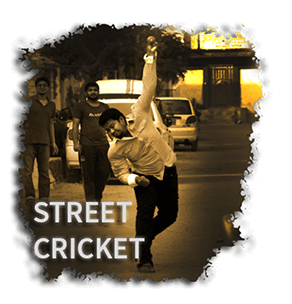
n a standard cricket field with a 22-yard pitch, two teams field 11 players each and play the game in a manner seemingly similar to international cricket.
BLIND
CRICKET
O
"I used to play normal cricket but my eyesight started deteriorating."
Israr Hasan - Blind cricketer
But as the bowler reaches the stumps from his short run-up, he shouts “play” and proceeds to bowl with an underarm action. The ball itself makes a ghungroo-like (ankle bells) sound as it bounces at least twice before reaching the batsman.
This is the game of blind cricket.
While the first recorded game of blind cricket was played in Melbourne in 1922, it wasn’t until 1996 that the World Blind Cricket Council (WBCC) - the global governing body for the game - was formed.
Until then, blind cricket was being played domestically across South Asia, the UK and Australia on independently made rules.
"Apart from playing cricket, I work in a shop with my brother."
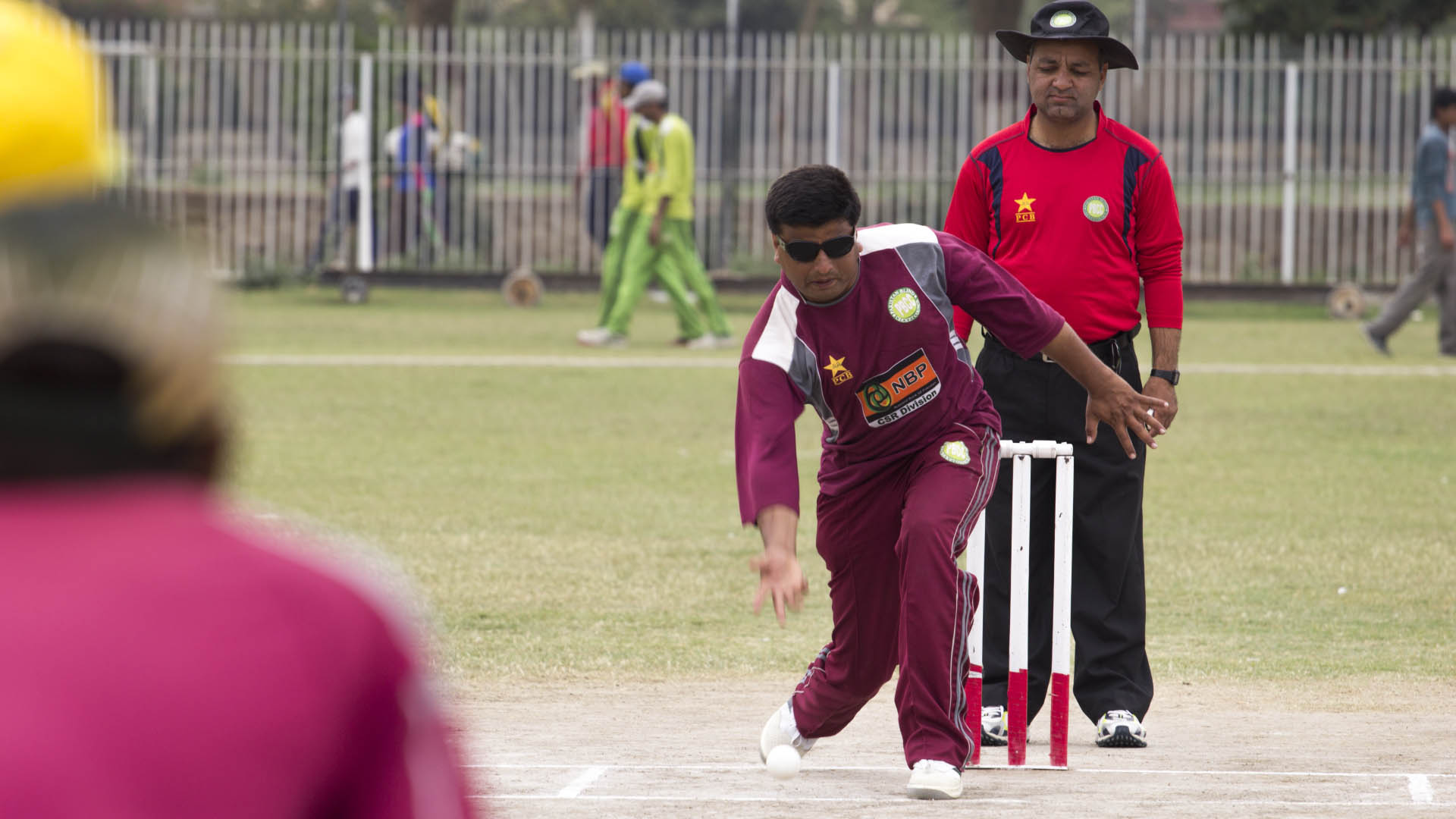
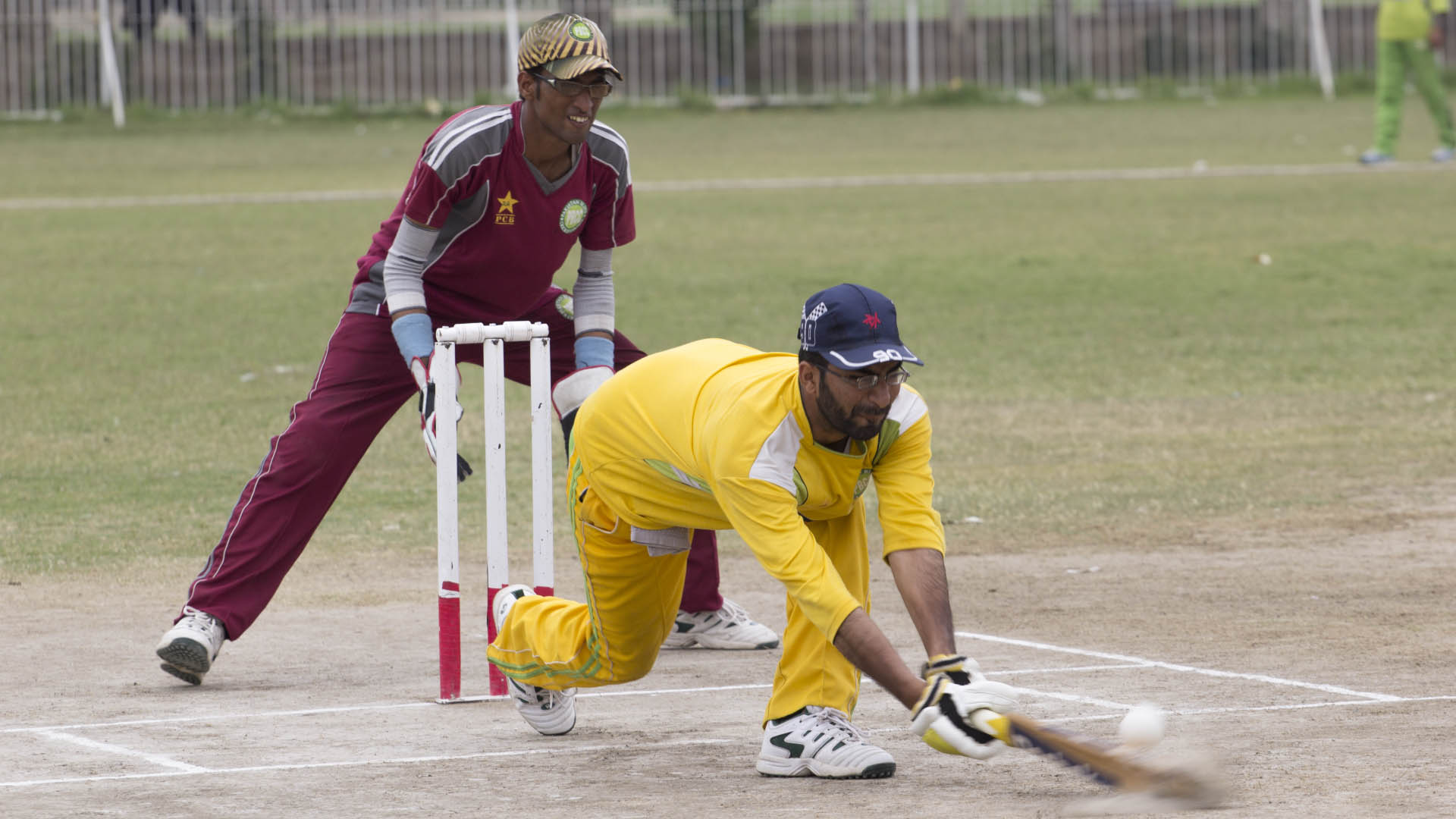

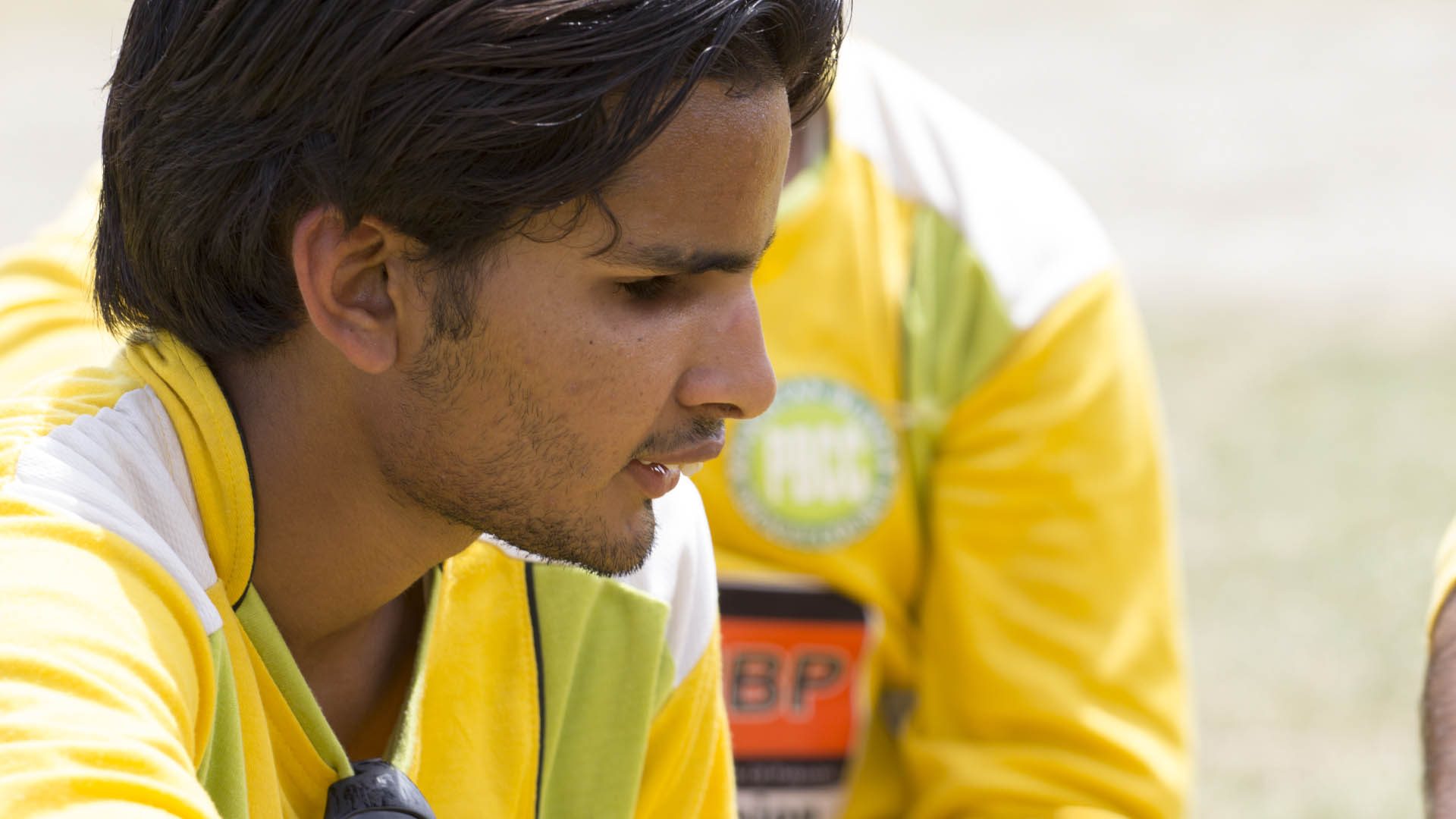



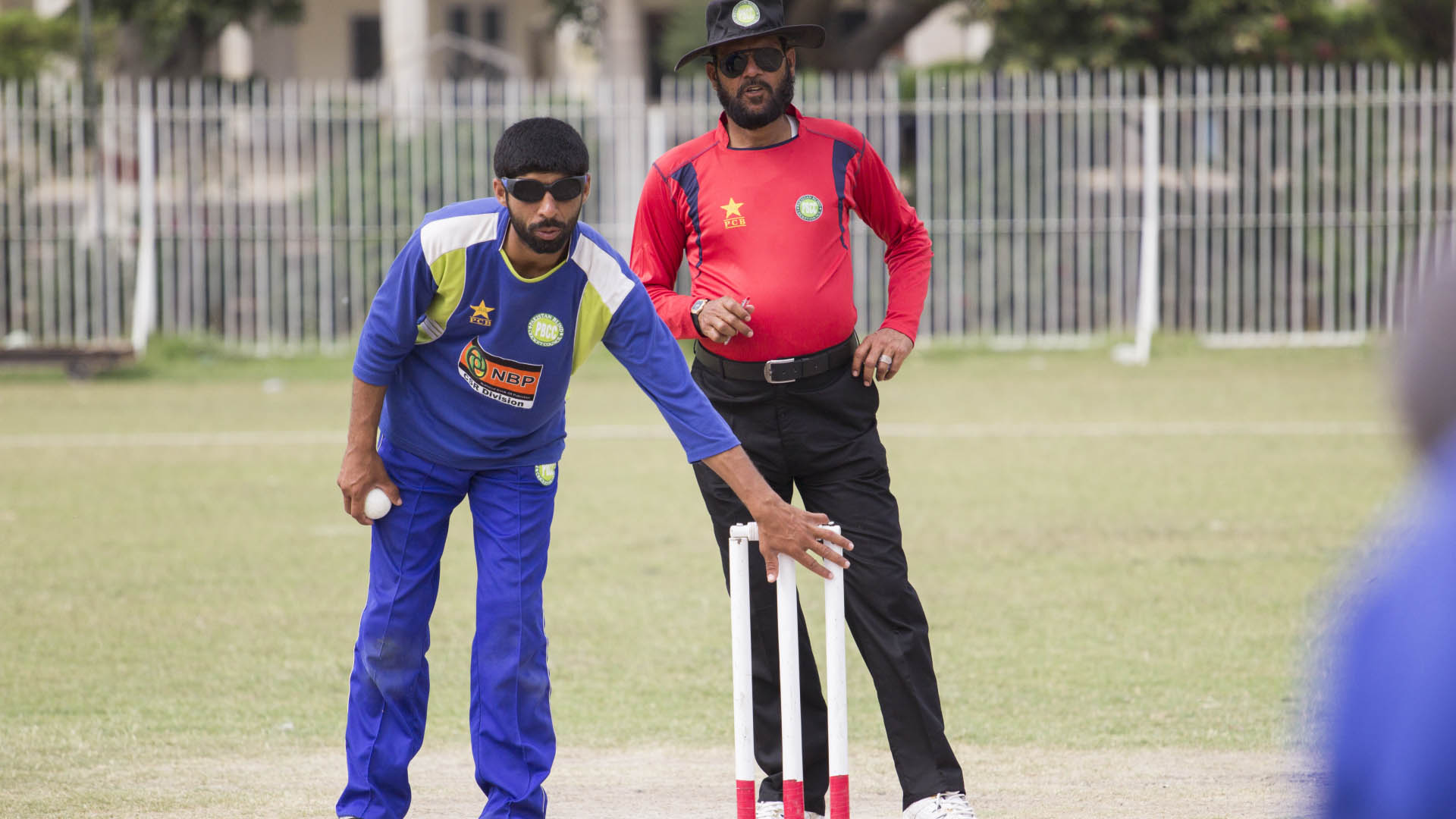


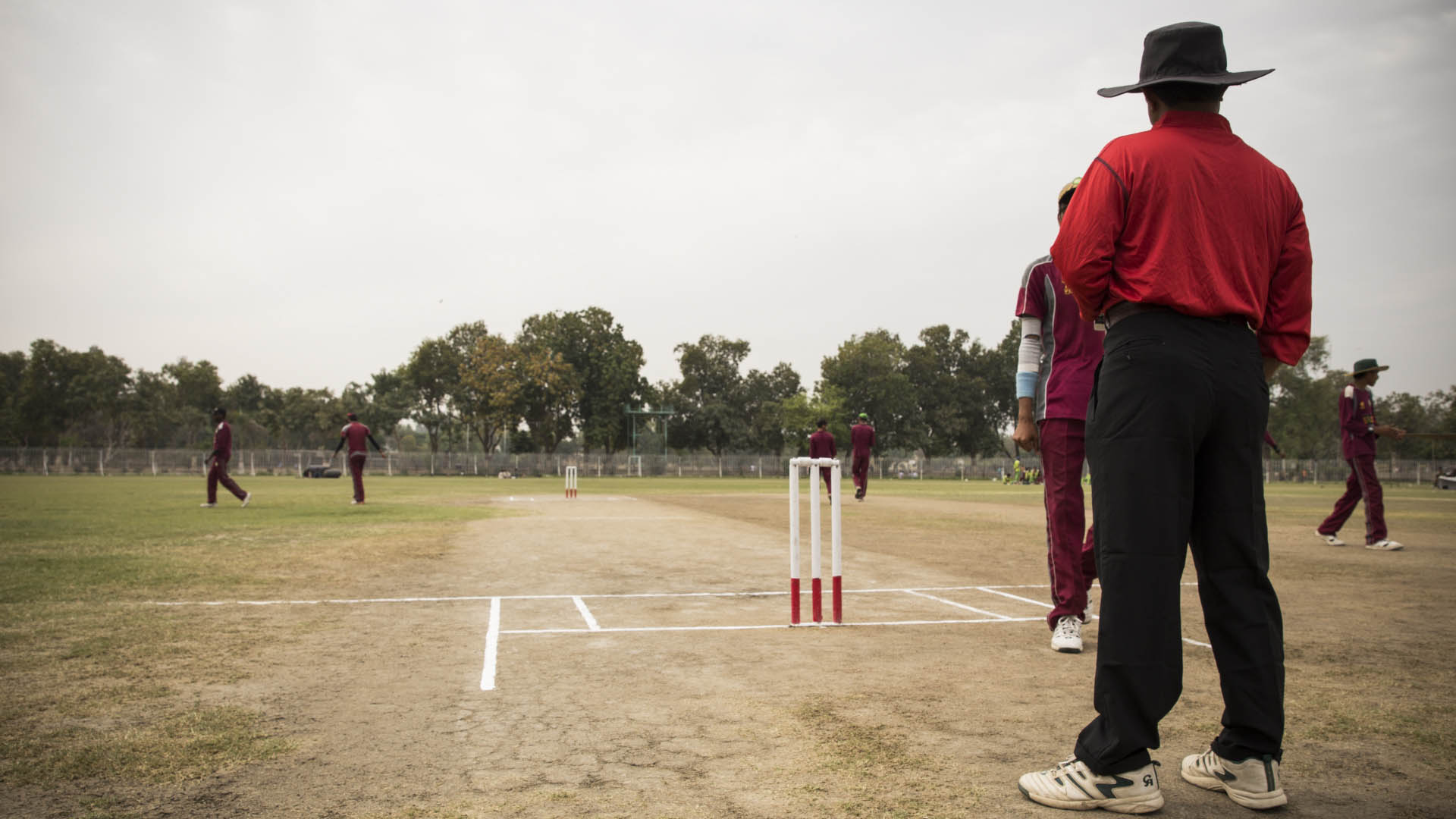
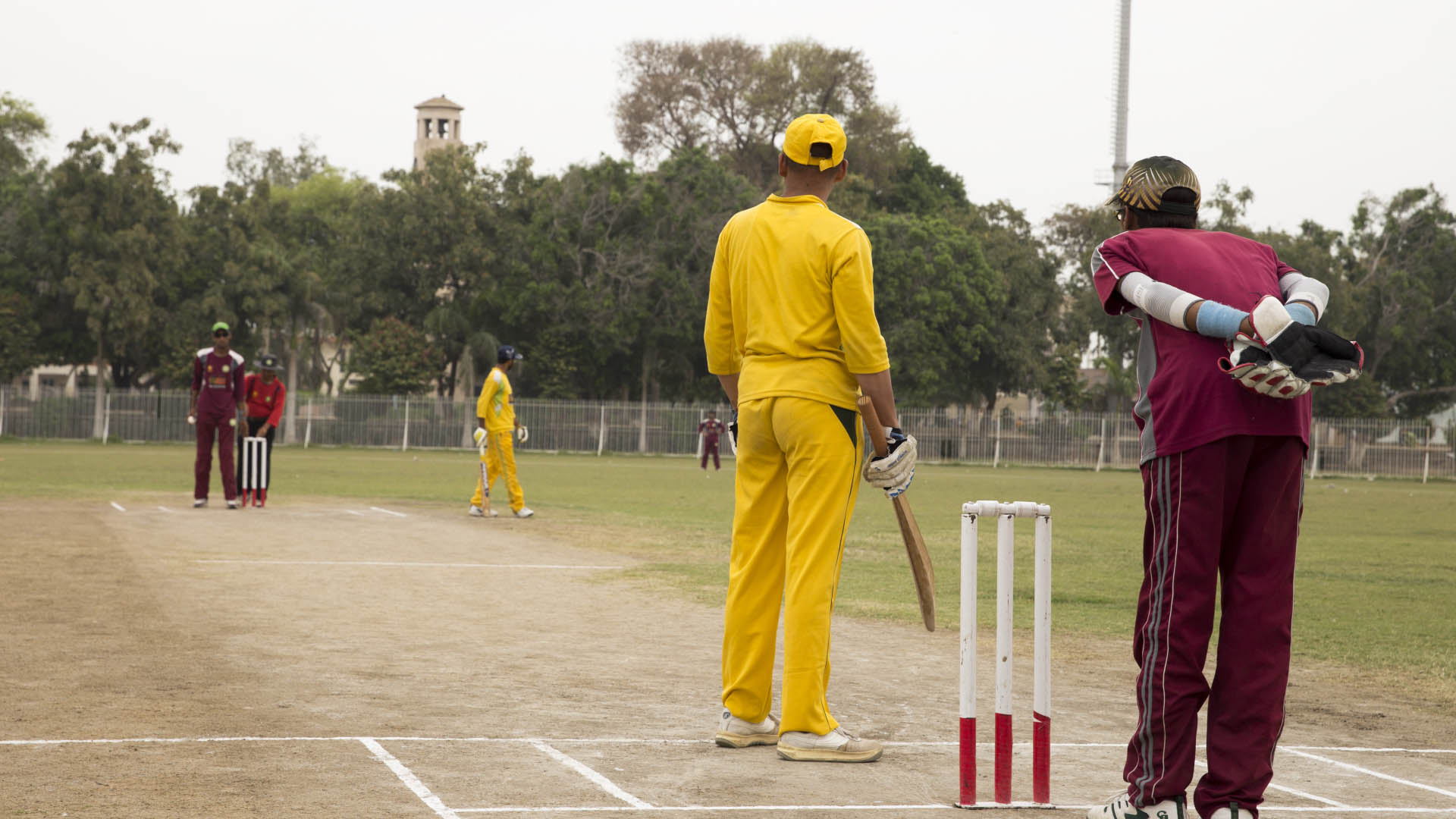
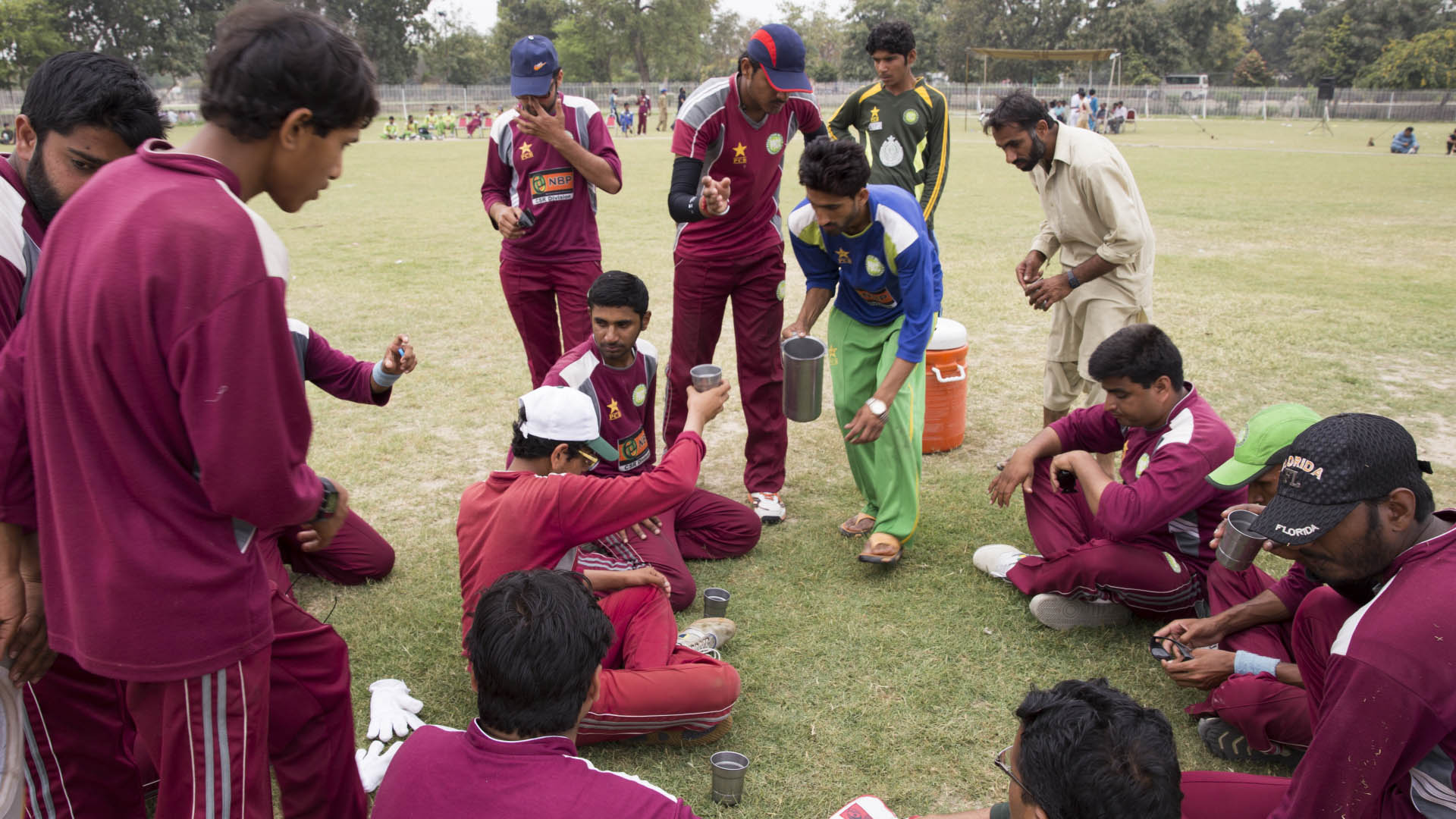
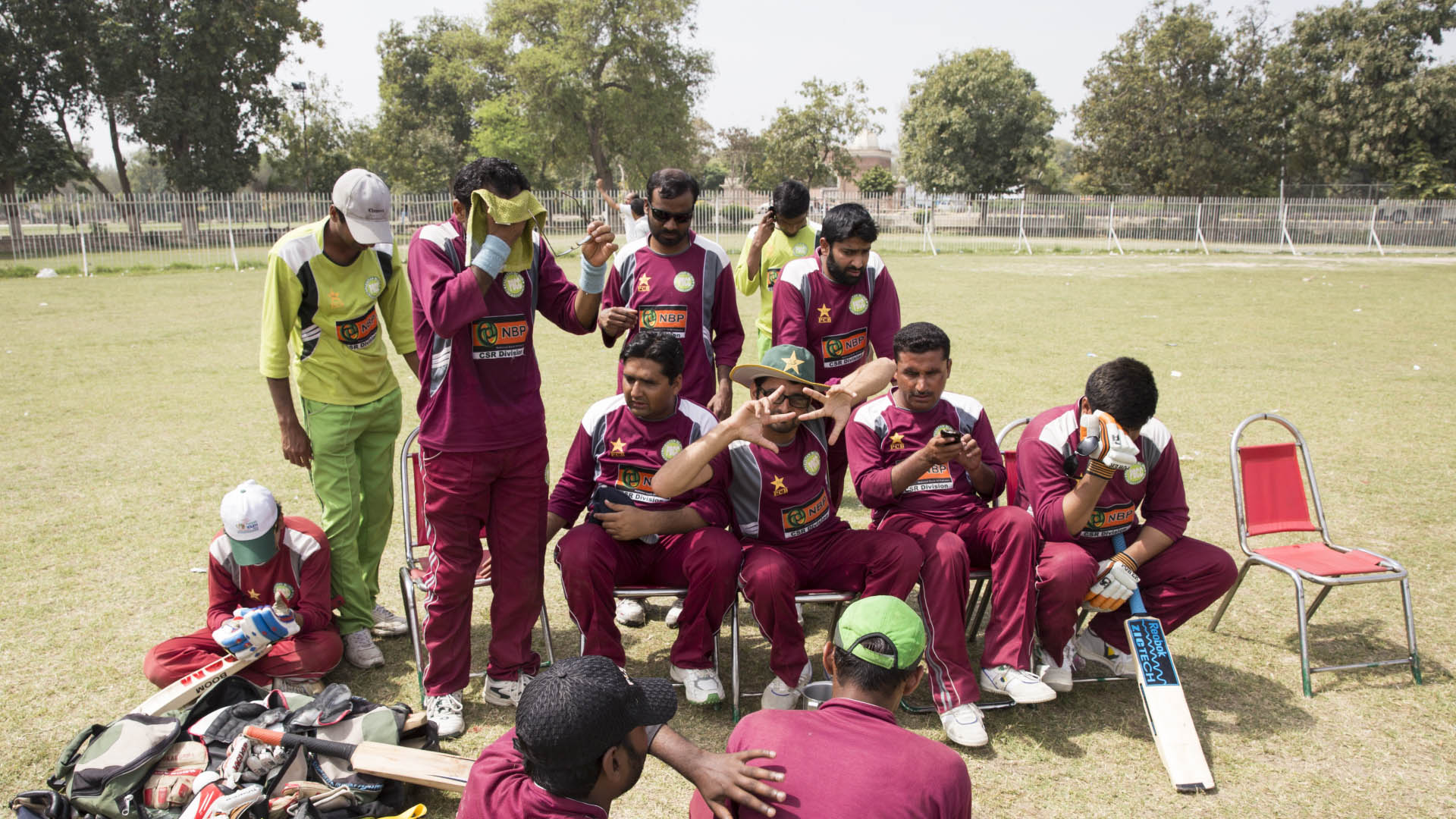
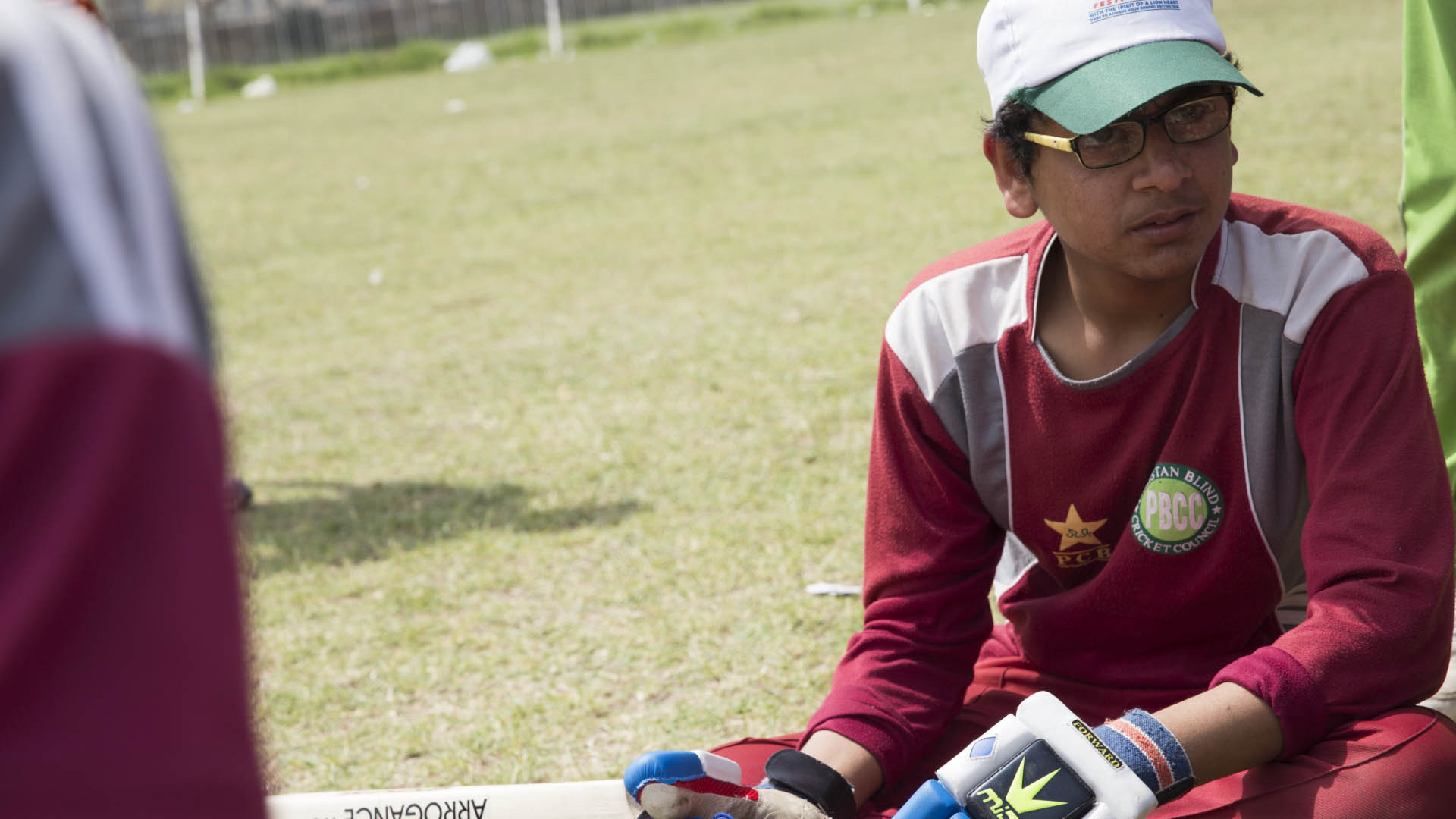

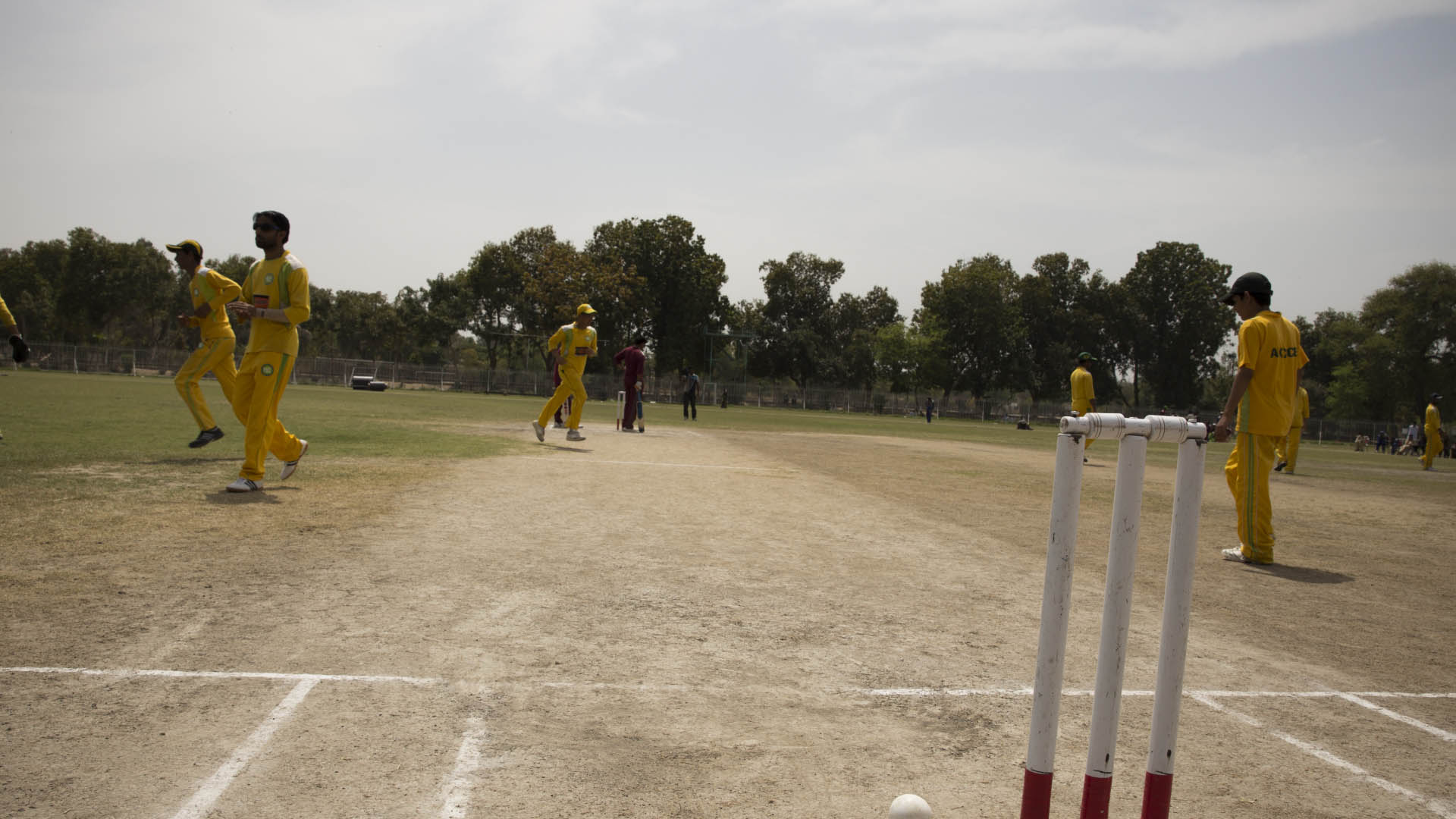
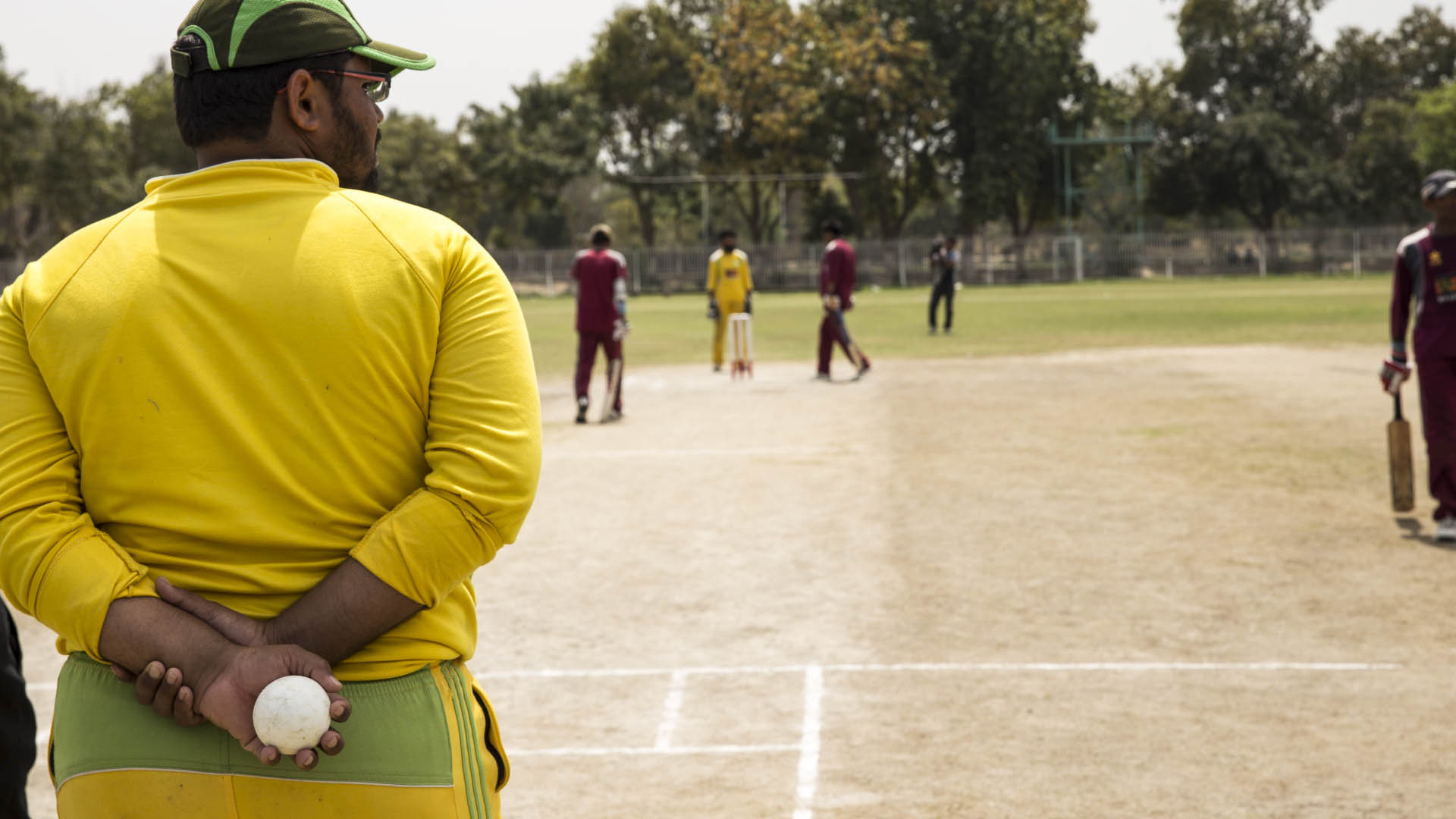
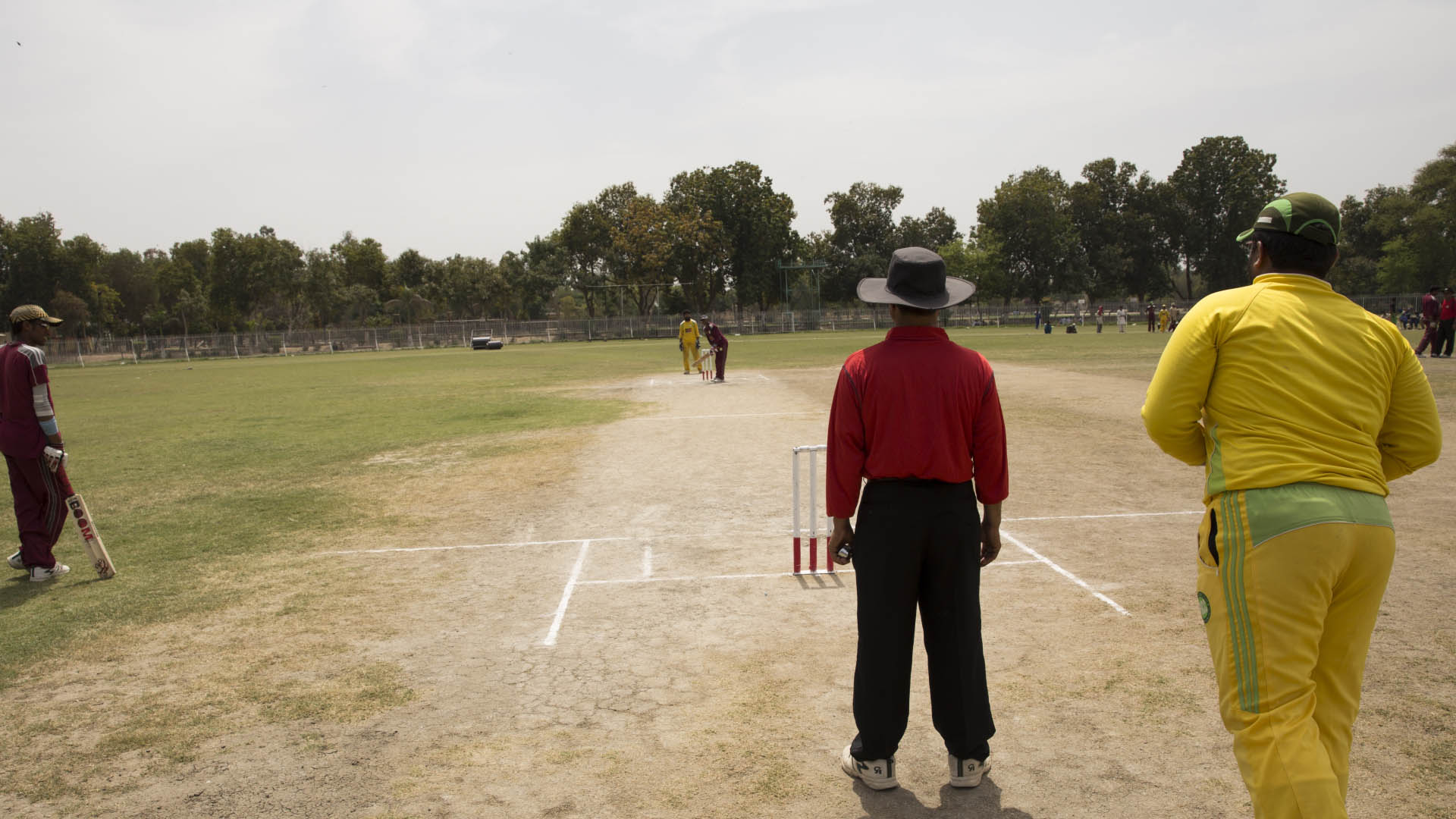
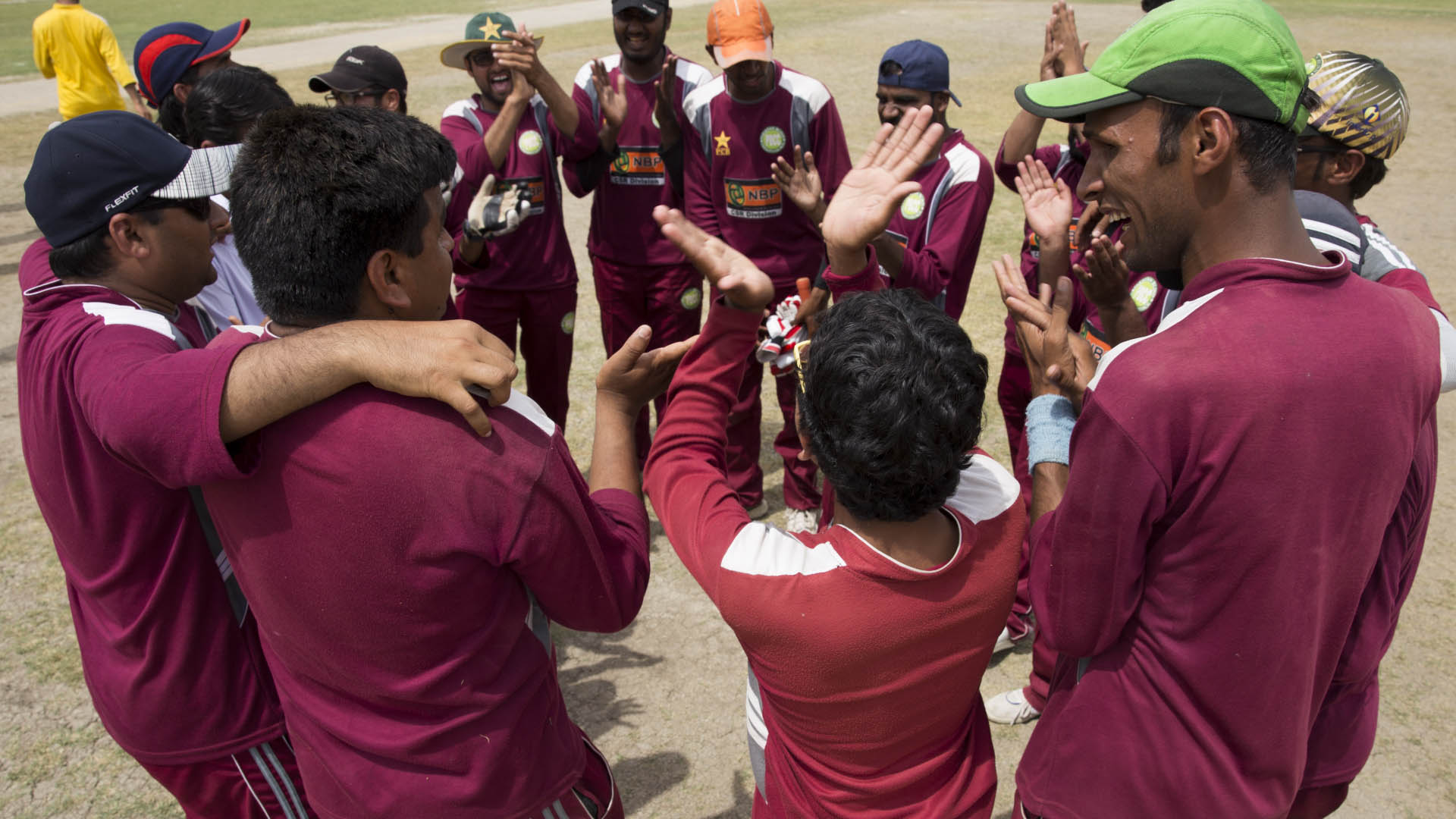




















7 / 20
<
>
Since 1998, the WBCC has held four Blind Cricket World Cups and ventured into the Twenty20 format with its inaugural Blind T20 World Cup in 2012.
Apart from being a healthy addition to the players’ lifestyles worldwide, the recognition of blind cricket has done wonders for the lives of those hailing from the far-flung rural areas of South Asian countries.
"After watching others play blind cricket, I told my sports teach I wanted to be part of it as well."
In Pakistan, the local governing body hands out contracts to the top 20 or so players, funds their medical expenses and even supports their education in some cases.
However, for players such as Pakistan bowler Israr Hassan, emulating the monetary success of the likes of Shahid Afridi or Umar Gul seems light years away.
"It took me five months to learn braille and that’s how I moved forward in life."
Despite a prolific performance at the last World Cup, he has to manage his family’s corner shop at his village to make ends meet. And he, like the rest of the players, is an unknown face on the streets.

TEAM
COMPOSITION
A blind cricket team is no different in the number of players or their roles but in order to bring uniformity to the game the players are divided into three categories:
1
B1: FULLY BLIND
THESE FOUR PLAYERS CANNOT
SEE AT ALL OR HAVE SOME
LIGHT PERCEPTION

2
B2: PARTIALLY
BLIND
THREE PLAYERS WITH LESS THAN
2/60 VISION
3
B3: PARTIALLY SIGHTED
THREE PLAYERS WITH LESS THAN
6/60 VISION
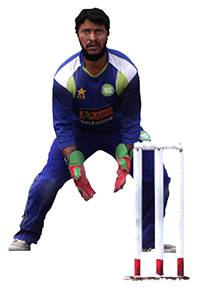
Underarm bowling with the ball bouncing at least twice (but not rolling) before reaching batsman
1
Totally blind (B1) players must bowl at least 40 per cent of the team’s overs.
2
B1 players receive direction call from wicketkeeper on bowling line.
3
Every run scored by a B1 player is counted twice.
B1 players can claim a catch after one bounce.
The batting line up must be rotated between the three categories before the next player in that category may bat.
4
5
6

THE
RULES
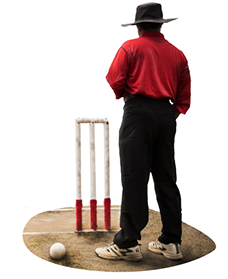

WBCC
MEMBER NATIONS
AUSTRALIA
NEPAL
BANGLADESH
PAKISTAN
ENGLAND
SOUTH AFRICA
INDIA
SRI LANKA
NEW ZEALAND
WEST INDIES
Select a form of cricket



